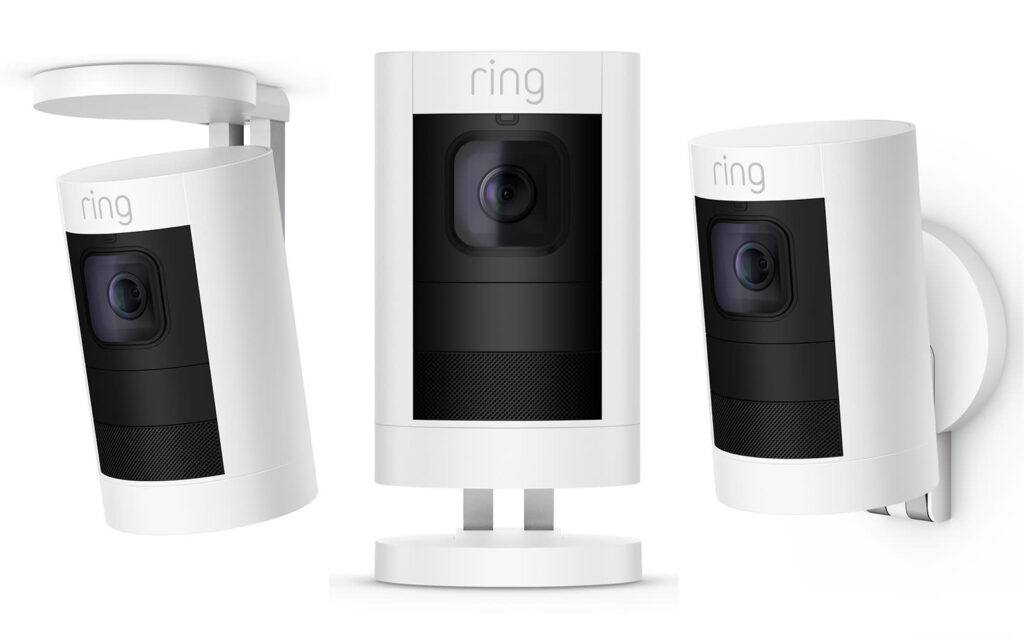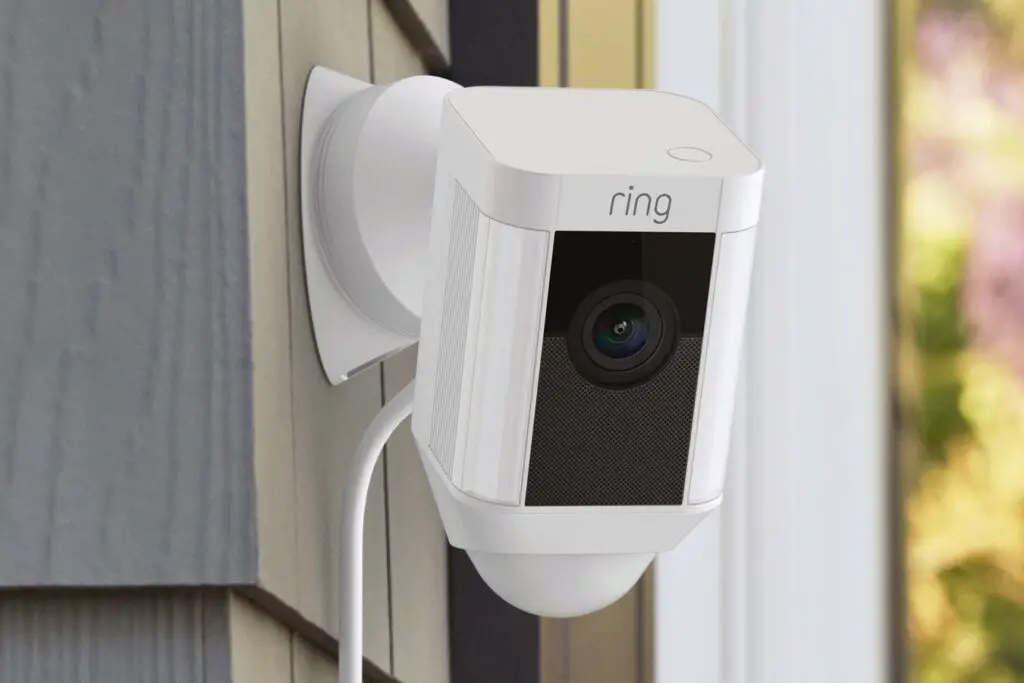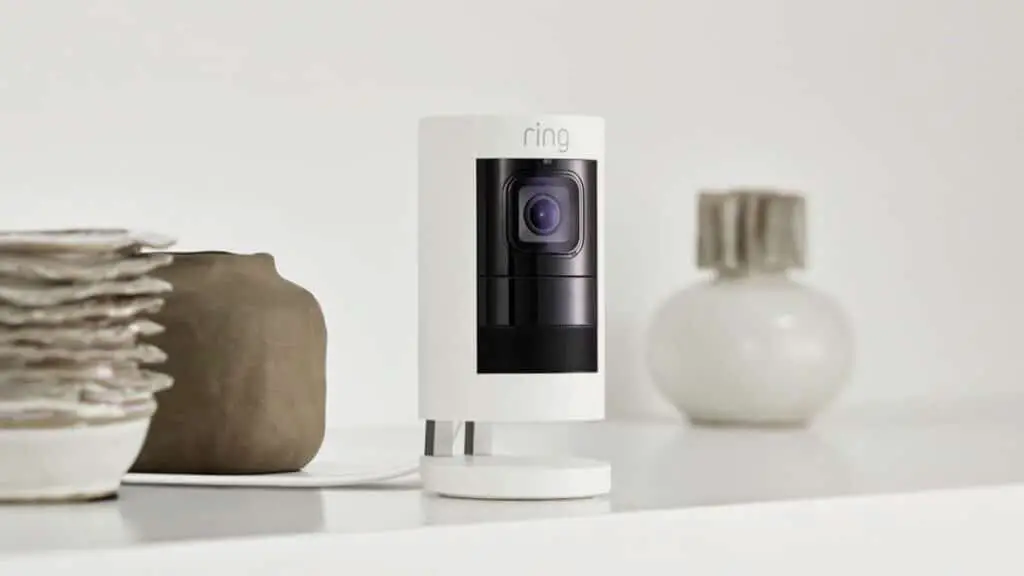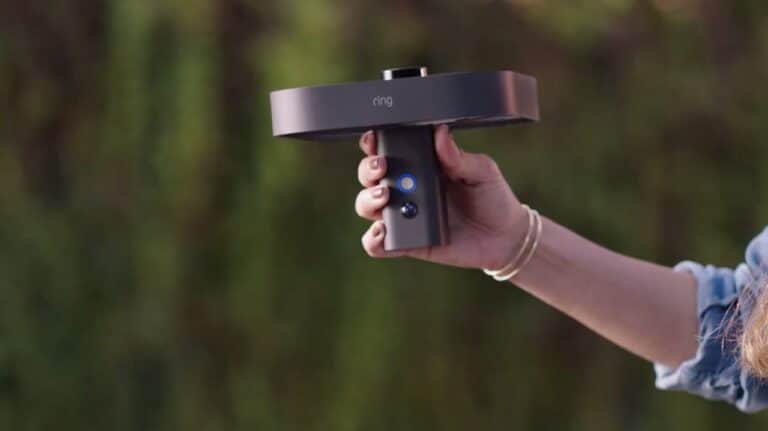Introduction
How To Share Ring Camera Access: In the rapidly evolving landscape of smart home technology, security cameras have become an integral part of safeguarding our homes and loved ones. Among the top contenders in the market, Ring cameras have garnered immense popularity due to their advanced features and user-friendly interface. One standout capability of Ring cameras is the ability to share access with others, providing an additional layer of security and convenience for homeowners.
Sharing Ring camera access allows homeowners to grant trusted individuals the privilege of monitoring their property remotely. This feature proves invaluable in various scenarios, such as when homeowners are away on vacation, at work, or simply unable to view their camera feeds. By sharing access with family members, friends, or neighbors, homeowners can ensure that someone responsible is keeping an eye on their property during their absence.
The process of sharing Ring camera access is designed to be intuitive and secure, prioritizing user privacy and control. Depending on the specific model and subscription plan, Ring offers different levels of access sharing, from basic live view access to more advanced options like shared event history and device controls. The flexibility of these options allows homeowners to customize access according to their individual needs and preferences. However, with the convenience of sharing access comes the responsibility of managing it wisely. Homeowners must be mindful of who they grant access to and set appropriate boundaries to protect their privacy.

Can I share Ring camera with family?
Ring device Owners have control over every aspect of their Ring devices like Ring doorbells, and Ring cameras with Shared Users. Shared Users have limited access to the Ring devices and can’t control settings. An account Owner can invite an unlimited number of Shared Users to share their Ring devices.
Ring lets you share your camera with family, which improves smart home security and convenience. Sharing access with family lets them view Ring camera feeds and receive notifications, involving them in home security.
Ring makes sharing camera access with family easy. First, you need a Ring account and the Ring app on your phone or tablet. Add family members as shared users from the app. After accepting an email or text invitation, people can log in to their Ring accounts and use the camera you shared.
You can choose family access levels based on Ring camera model and membership package. You can give them live view just to see real-time camera feeds. Share event history to let them see past footage.
How do hackers access Ring cameras?
Hackers most commonly gain access to ring cameras when passwords are cracked or when they have your email and password from another online account that has been compromised. If someone gains access to your Ring account, they may get access to your personal info and to your camera’s features.
Hackers may exploit system flaws or use social engineering to access Ring cameras. Ring has strong security, yet no system is immune to threats. Hackers often access Ring cameras using these methods:
Weak Passwords
Hackers often use weak or guessable passwords. Hackers can easily access Ring cameras if users use simple passwords or reuse them from other accounts.
Credentials Filling
Hackers may employ credential stuffing to test Ring accounts with email and password combinations from data breaches on other websites. Each online account needs a unique, strong password.
Phishing attempts
Hackers may also send phishing emails to steal login passwords or other sensitive information. Unwitting users may provide malevolent actors their login credentials, allowing unwanted access.
Vulnerability Exploitation
Hackers may exploit Ring cameras and apps’ vulnerabilities. Ring must resolve vulnerabilities quickly with security updates.
Wi-Fi networks without security
Hackers can intercept Ring camera-Ring server traffic and access the camera’s live video if users connect them to insecure Wi-Fi networks.
Can Ring connect to other devices?
Works With Ring are third-party devices like smart locks, thermostats, and more that you can connect or link to your Ring account for enhanced security. In the Ring app, tap the menu (☰) then Devices.
Yes, Ring is designed to connect and integrate with a wide range of other devices, allowing users to create a comprehensive and interconnected smart home ecosystem. Ring offers various integrations and partnerships that enhance the functionality and convenience of its products. Here are some ways in which Ring can connect to other devices:
Smart Home Integration
Ring devices, such as doorbell cameras and security cameras, can integrate with popular smart home platforms like Amazon Alexa, Google Assistant, and Apple HomeKit. This integration enables users to control their Ring devices using voice commands and create automated routines with other smart home devices.
Smart Lock Integration
Ring’s doorbell cameras often work in conjunction with smart locks, allowing users to remotely lock and unlock their doors. This integration enables convenient access control, such as granting entry to visitors while away from home or securing the property with just a few taps on the Ring app.
Alarm System Integration
Ring also offers a professionally monitored home security system called Ring Alarm. This system can connect to various sensors, such as motion detectors and window/door contact sensors, providing comprehensive security coverage for the entire home.
Third-Party Devices
Ring provides an API (Application Programming Interface) that allows third-party developers to create apps and devices that integrate with Ring products. This opens up possibilities for even more diverse and personalized smart home setups.
Smart Home Hubs
Ring devices can connect to smart home hubs like Amazon Echo Show and Google Nest Hub, providing users with a centralized control interface to manage their Ring cameras and other smart devices.

Why can’t I share my Ring device?
Shared Users must have their own Ring account (by downloading the Ring App) and use their own email address and password. In the case of multiple Ring devices, the Account Owner will need to invite a Shared User individually to each device.
Several factors may prevent you from sharing your Ring gadget. Common reasons for Ring device sharing issues:
A restricted access
Ring device model and membership bundle may limit access partners. Based on your plan, you may be limited to a particular number of users and cannot add more.
Limits on Owner Account
Only the Ring device owner can share access. Without primary account ownership, you may not be able to share the device. In this instance, ask the owner to invite shared users.
Incorrect App Settings
Make sure you have the newest Ring app and firmware. Ring device sharing may be affected by app bugs or obsolete settings.
Shared User Exists
You can’t invite a shared Ring user again. Each user can only have one active invitation.
Poor Network Connection
Ring device network connectivity issues may affect sharing. Check your internet connection and network stability.
Limitations on Subscription
Device sharing may be unique to certain Ring subscription plans. Double-check if your plan allows device sharing.
How many Ring cameras can you share?
There’s no limit to the number of Ring devices you can connect to your account. Ring’s only restrictions relate to features on paid plans. If you pay for the entry-level Ring Protect Basic, you can record videos for a single camera, while Ring Protect Plus supports unlimited devices at a single physical address.
Your subscription level and Ring device model determine how many cameras you may share. Ring’s sharing possibilities vary by plan. The general Ring camera sharing rules are:
Ring Protect Basic
Share one Ring camera or doorbell with others with the Ring Protect Basic Plan. You can invite other people to become shared users and view the live broadcast and receive motion alerts from that Ring device.
Plan Ring Protect Plus
All Ring cameras and doorbells can be shared with the Ring Protect Plus Plan, which covers all devices at one location. Shared users can view live feeds and motion alerts from all Ring cameras and doorbells under the same account.
Please note that you can invite numerous people to utilize your Ring cameras as long as the total number of devices you share matches your subscription plan.
Shared Ring camera users can have varying authorization levels. You can give some people access to only the live feed, while others can control settings or watch recorded movies.
Can two people have access to Ring cameras?
An account Owner can invite an unlimited number of Shared Users to share their Ring devices. Likewise, a Ring Alarm system Owner can invite an unlimited number of Shared Users and Guest Users to share their system.
The Ring “shared user” function allows multiple people to use Ring cameras. The Ring camera owner can invite others to see the camera feeds using the shared user feature, allowing many people to monitor property security.
When the principal owner distributes access, the shared user receives an email or SMS invitation. They must establish or join in to a Ring account to accept the invitation. Once accepted, the shared user can view live camera feeds, receive motion alerts, and interact with Ring cameras within the primary owner’s rights.
The primary owner controls Ring cameras and can remove access at any moment. Each shared user can have customizable access and permissions. The principal owner can give shared users complete authority to recorded videos, camera settings, and Ring-integrated smart home devices. Other shared users may only see live feeds and receive motion notifications.
Can you have 2 owners on Ring account?
Hi neighbors. As mentioned, we do not allow for more than one person to be the owner on a Ring account. You can add additional users as Shared Users.
Multiple owners are not allowed on Ring accounts. Ring accounts can only have one primary account owner who has complete control and administrative access to all Ring devices and settings.
The primary account owner created the Ring account and registered the Ring devices. They can add and remove devices, manage shared users, update device settings, and change the account.
Ring lets you add shared users, but only one individual can own the account. Sharing users are invited by the primary owner to see live video feeds, receive notifications, and use Ring device functions. Shared users might be relatives, friends, or trusted individuals that help monitor the property or access Ring devices.
The principal account owner has more permissions than shared users. They cannot delete devices, change account settings, or invite shared users. Their access depends on the primary owner’s permissions.
Can anyone access my Ring videos?
Who can view my recordings? You’re in control of who you grant video access to. You can add Shared Users to your account, who will then be able to view and download video recordings on the account. You can also share video recordings via text or email by creating a share link to the recording.
Ring takes security and privacy seriously and has implemented several measures to protect user data and ensure that only authorized individuals can access Ring videos. Here are some key points to consider regarding Ring video access:
User Authentication: To access Ring videos, users must log in with their Ring account credentials. This means that only those who have the correct username and password can view the videos associated with that account.
Two-Factor Authentication (2FA): Ring offers the option of enabling two-factor authentication for added security. With 2FA, a secondary code or prompt is required in addition to the username and password when logging in, further preventing unauthorized access.
Device Sharing Control: If you have shared your Ring devices with other users, you, as the primary owner, have control over the level of access each shared user has. You can set different permissions for shared users, limiting their access to specific features and videos.
End-to-End Encryption: Ring videos are encrypted from the camera to the cloud storage, ensuring that the content remains secure and inaccessible to unauthorized parties.
Privacy Zones: Ring offers privacy zones that allow users to block specific areas from being recorded, providing an extra layer of protection for sensitive areas within the camera’s view.
Secure Cloud Storage: Ring videos are stored in the cloud, and access to these videos is protected through secure protocols and authentication mechanisms.

Conclusion
Sharing Ring camera access is a powerful tool that enhances the overall security and convenience of using smart home technology. Through this feature, homeowners can entrust their loved ones, neighbors, or friends with the responsibility of monitoring their property, even when they are away. The process of sharing access has been designed to be user-friendly and secure, allowing homeowners to customize access levels and maintain control over their camera system.
Ring offers customizable options for homeowners, from live view to shared event history and device controls. Making intelligent access level decisions allows homeowners to maintain their privacy while sharing the benefits of their Ring camera system with trustworthy individuals. Sharing access can be useful, but we must protect privacy and security.
Homeowners must carefully select allowed users and constantly evaluate and manage shared users to prevent illegal access. Maintaining a peaceful and secure experience for all parties requires clear boundaries and communication with shared users. Ring cameras help homeowners connect with their trusted network and improve security, making homes safer for everyone. As this technology advances, users must learn appropriate practices and use sharing features responsibly.

